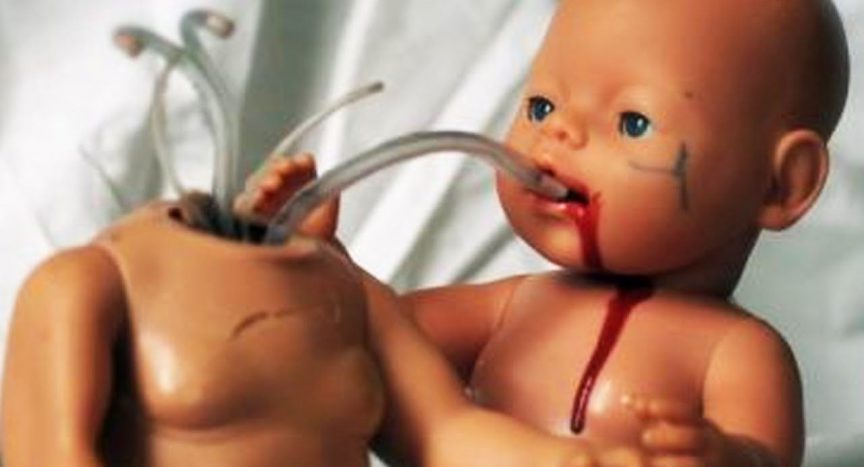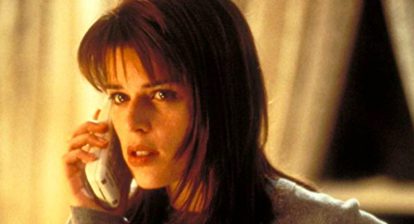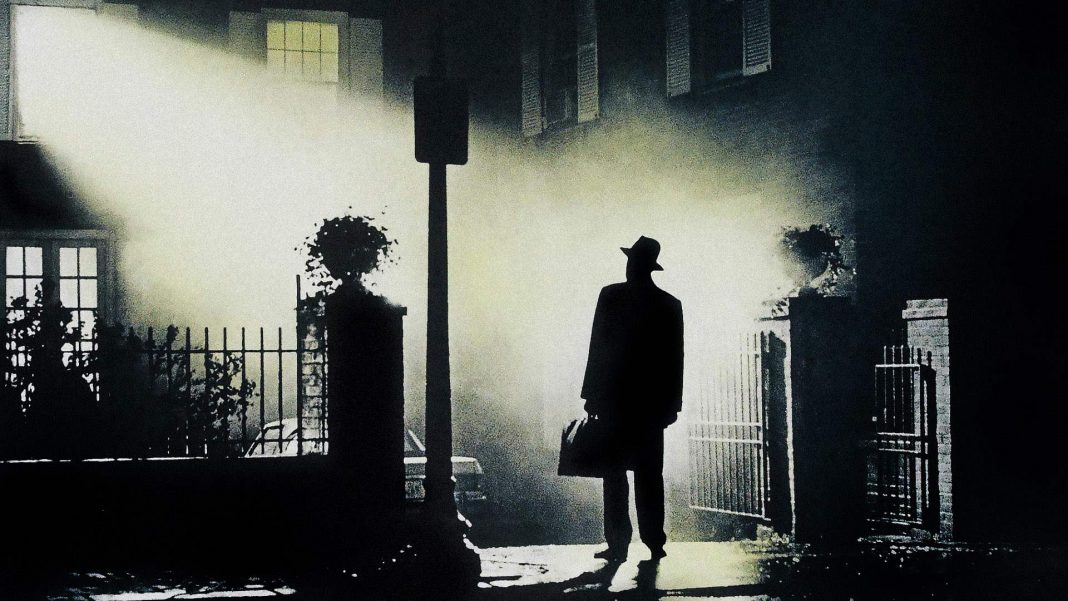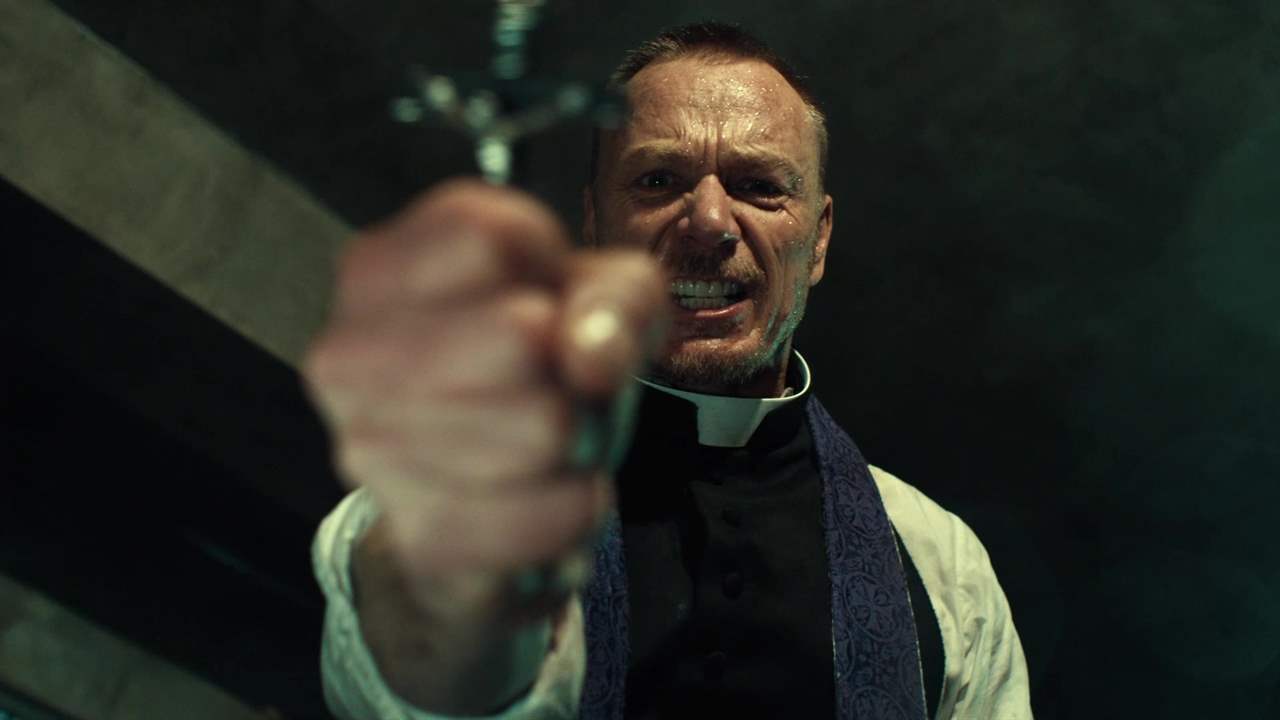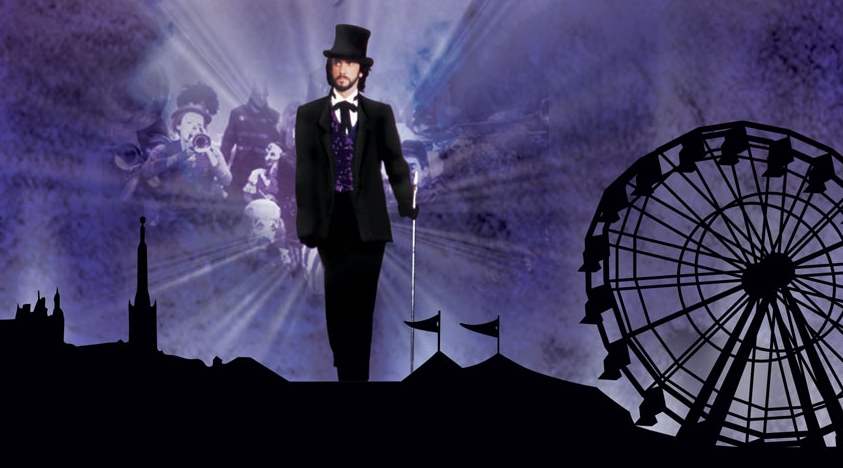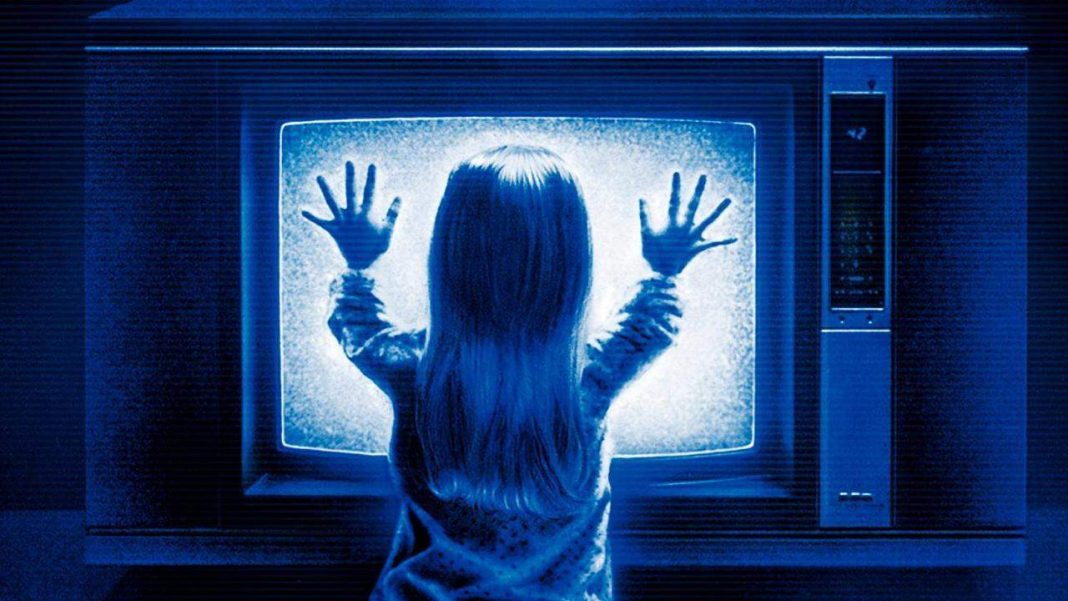They don’t care if you think they’re too young for such scary stuff. Children in horror novels won’t go quietly to bed. They’re often the characters we remember the most and writers know it. They can be metaphors for lost innocence, mirrors for adults’ wickedness or cuddly catalysts for a terrifying change. Whether they’re heroes, victims, villains or somewhere in between, they inspire mixed emotions. Our instinct wants them safe even while fear (and sometimes irritation) wants them to disappear. Here are six novels that exploit that wonderfully.
Also see: Not Appropriate for Children? An In-depth look at Scary Stories to Tell in the Dark
The Three – Sarah Lotz
This pre-apocalyptic piece of faux non-fiction tugs your alliances in all directions. It’s framed as a journalistic exploration of the mysteries surrounding three child survivors, the Three, from three simultaneous plane crashes that happened in different parts of the world. The chapters are articles, interviews and book excerpts from witnesses, experts, conspiracy theorists, rapture cultists and family of the survivors. As the book progresses, the three children’s eerie sweetness, uncanny insight and strange influence on the natural world unsettles their guardians.
Do the Three need protection or are the conspiracy theorists and evangelical cults on to something? Are the children lucky survivors or a supernatural threat? Elspeth, the fictional journalist and author of this book within a book, tries to present the facts rationally. But even the form brings into question the reporter who’s writing the exposé. Just how rational and impartial is she? Is this book a careful piece of non-fiction by a detail-oriented journalist or is it a collage of weakly linked articles and context-free analyses, like what you might see posted on a conspiracy theorist’s wall? Can we answer these questions before it’s too late? I won’t give any spoilers. I’ll just tell you this. The Three aren’t to be…

The Exorcist – William Peter Blatty
The Exorcist turns 50 this year: Half a century of tortured priests, saints, demons and (thanks to the movie) a common aversion to pea soup. The story of Regan MacNeil, one of the most famous children in horror novels, is still chilling and the writing still shines. The book toys with our empathy for twelve-year old Regan even as a demon possesses and overpowers her personality. As we see the adults sacrificing their careers, health and sanity for Regan, we forget the sweet girl she was in the beginning. We have to trust her mother’s memory: A reversal of one of the holiest commandments for a writer – Show, don’t tell. For most of the novel, we’re told who Regan was. At the same time we see what she’s become and what those around her are risking to save her.
On a visceral level, this novel explores a theme that touches everyone. What to do when we see a loved one’s personality fade from a body that continues to function? Readers try to keep the faith. But little by little, a horrible thought invades our minds: It might be better for everyone if they let the demon take Regan’s life.
Also See: Alexandre O. Phillipe Discusses Leap of Faith: William Friedkin on The Exorcist [Exclusive]

Picnic at Hanging Rock – Joan Lindsay
Three girls and a teacher from an Australian boarding school go missing on a Valentine’s Day picnic at Hanging Rock. As the mystery ripples out over life at their school, the weird and beautiful landscape of Hanging Rock patiently and meticulously forces their teachers and classmates away, drives them mad or worse.
The missing students and their teacher are all decent people, but their tragic mystery alone doesn’t make this novel. It’s Hanging Rock itself. It isn’t just some hungry temple looking for sacrifices. It’s a land that demands to be seen, one that rejects the European settlers’ attempts to impose their civilization on the Australian wild. The land’s ancient history and beauty terrifies and mystifies. Don’t try to save the girls. It will only drive you mad.
Also See: Five Australian Horror Films to Watch After The Babadook

Something Wicked This Way Comes – Ray Bradbury
Two fourteen year olds, Will Halloway and Jim Nightshade, are good old-fashioned, nuance-free heroes fighting an evil circus that rolls into town. They’re fine characters, but still… is it bad to like the villains more than the protagonists? The troupe of freaks in Cooger and Dark’s Pandemonuim Show may lure Green Town’s inhabitants into their wicked ranks, but they also sat in my mind long after I’d finished the book.
Sure, I rooted for Will and Jim while reading. But Mr. Electro, The Dust Witch, The Skeleton and The Illustrated Man’s layers and complexity slowly tempted me into their devilish crew. It should be no surprise. Bradbury’s real-life inspiration for these fiends was a lovely set of carnies he befriended at the age of twelve. In fact, after the flesh-and-blood Mr. Electro exhorted Bradbury to “Live forever,” he began writing every day. Forget the kids. Let show some love for the villains that gave us Ray Bradbury.
Also See (why you should forget the movie and read the book): Something Wicked This Way Comes Doesn’t Hold Up to the Test of Time [Retrospective]

Interview with the Vampire – Anne Rice
When Anne Rice’s novel about the life (and unlife) of Louis de Pointe du Lac first came out, The New Republic’s book critic said that “to pretend that [Interview with the Vampire] has any purpose beyond suckling eroticism is rank hypocrisy.” Sure, when I first read this book as a hormone-charged teenager, I happily suckled on every word. Now, twenty years wiser and happily married, I still harbor an undying crush on brooding – oh so darkly brooding – Louis… *le sigh*
Ahem… yes, back to the children in horror novels business. The book also has one of the best child vampires out there. Louis and his maker, Lestat, turn a plague-ridden child into a vampire “daughter.” The inspiration for this child vampire, Claudia, came from the death of Anne Rice’s young daughter. In many ways her character explores the question: What happens when we refuse to let dead loved ones go? Warm, unageing memories can turn bitter and cold. Claudia becomes a woman while trapped in a child’s body. Her rage and impotence mirror what we can feel when we don’t make peace with the death around us. So whenever Claudia’s in danger, it’s hard not to think that maybe it’s best to let her go.
Also See: How Interview With the Vampire Defined A-List Horror in the 1990s

The Godsend – Bernard Taylor
Bonnie, an abandoned baby girl who the Marlowe family adopts, may or may not be responsible for a series of horrible accidents that befall her brothers and sisters. She’s all the more terrifying for how angelic she acts. This isn’t a flawless book. Taylor’s ominous comparisons between her and a cuckoo are a bit ham-fisted and even the most inconsistent of horror fans will hear alarm bells ringing at every scene of the Marlowes’ apparent familial bliss. But honest readers would find it hard to say what they’d do in the parents’, Alan and Kate’s, position. Watching them take sides gave me a delicious sense of frustration and discomfort for them both. I found myself for and against both positions. In a situation like theirs, you have to choose who to protect. But in this case, all choices could be deadly for the children.

